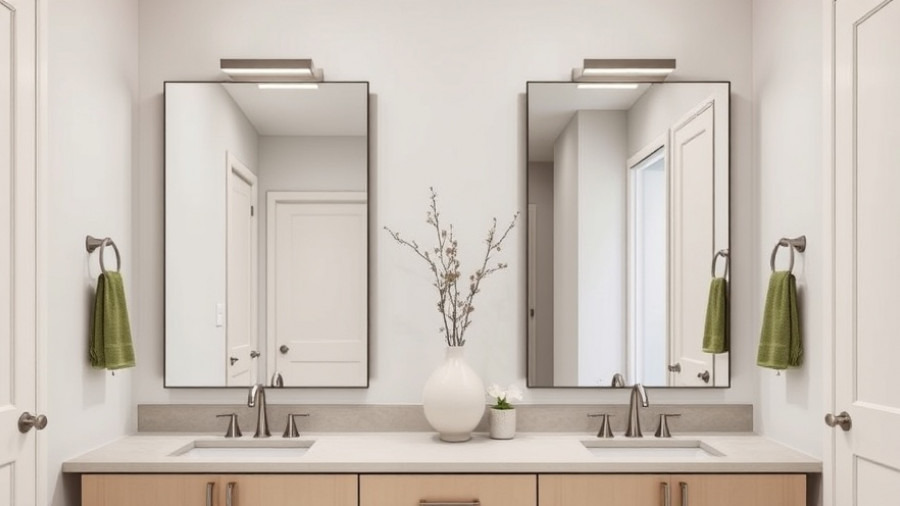
The Importance of Historic Window Restoration
In a world where new construction often overshadows the charm of historic buildings, the restoration of windows in older structures has gained attention for its environmental and aesthetic benefits. This process, notably showcased in the restoration of an iconic schoolhouse in Dracut, Massachusetts, serves an essential purpose not only in preserving history but also in promoting sustainability.
In 'Restoring a Round Window | This Old House', the discussion dives into the art of window restoration, showcasing the labor of love in preserving historic structures while we analyze its broader implications.
Why Choose Restoration Over Replacement?
As exemplified by the work of Alison Hardy, known as the Window Woman, the argument for restoration is compelling. Many windows built over a century ago are still fundamentally sound, despite superficial damage from peeling paint or weathering. "These materials are of a higher quality than most modern substitutes," Alison explains. Unlike new windows, which are often sent to landfills after removal, restored windows maintain their integrity and character while conserving valuable resources.
Myth Busting: Are New Windows Really More Efficient?
One common misconception homeowners have is that replacing old windows with new, double-paned versions is the only path to energy efficiency. However, Alison's work suggests otherwise. Through rigorous testing with leading energy scientists, she found that well-maintained older windows can be just as efficient as their modern counterparts when appropriately serviced and refurbished. "The key is proper weather stripping and maintenance," she emphasizes, flipping the myth of window efficiency on its head.
Innovative Techniques in Window Restoration
The process of restoring windows is as meticulous as it is rewarding. Beginning with caution to address potential lead paint safely, the window restoration team employs various techniques to strip away layers of old paint. The use of steam strippers makes paint removal easy and minimizes damage to the wood, allowing for preservation of the original material. Each window presents unique challenges, and skilled artisans utilize hand scraping methods for precision, underscoring the craftsmanship involved in restoration.
The Craft of Rebuilding Unrecoverable Windows
Sometimes, windows are beyond restoration, as seen with the round window in the school building’s gable end. In such cases, artisans like Dylan take on the challenge of accurately replicating historical designs. Using templates and traditional woodworking techniques, they recreate these critical architectural features with remarkable accuracy and care.
Revitalizing Historical Buildings for the Future
Through projects like the Dracut schoolhouse restoration, not only is history preserved, but vital housing for veterans is created. Transforming an abandoned building into nine affordable units exemplifies how historical restoration can serve contemporary social needs. It allows communities to embrace their history while adapting to present-day demands.
Moving Forward: The Case for Window Restoration
The discussion surrounding window restoration brings to light the significance of sustainable practices and historical preservation. Homeowners considering upgrades may benefit from understanding the value in restoring rather than replacing. By valuing craftsmanship, sustainability, and history, communities contribute to ecological balance and preserve their unique identities.
In conclusion, by choosing restoration, homeowners not only make environmentally friendly decisions but also honor the craftsmanship and stories held in older structures. Those interested in exploring restoration options can find guidance from experts like Alison Hardy, whose dedication to this craft is paving the way for a revolution in preserving our architectural heritage.
 Add Row
Add Row  Add
Add 




Write A Comment